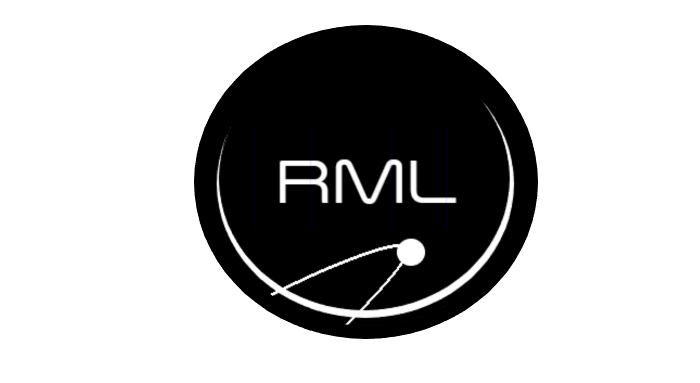ARCTIC M
EXPLORING the ARCTIC REGION FROM ORBIT
ARCTIC M
Exploring the arctic region from orbit
ARCTIC M
Exploring the arctic region from orbit
mission
The orbital constellation of the Arktika-M space system, consisting of at least 2 spacecraft operating in Molniya type orbit (39728x1050 km), should provide:
- round-the-clock, all-weather monitoring of the Arctic region;
- obtaining heliogeophysical data at orbital altitude;
- collecting and relaying information from ground data collection platforms
why IT'S important?
The study of charged particle flows in outer space is one of the most important tasks of space research, which is extremely relevant both from the point of view of understanding the patterns of formation and spatio-temporal variations of such flows, and from the point of view of determining the actual radiation conditions for the operation of spacecraft.
Therefore, to prevent potentially dangerous consequences of changes in the radiation environment, the most effective means is continuous operational monitoring.
Therefore, to prevent potentially dangerous consequences of changes in the radiation environment, the most effective means is continuous operational monitoring.
Our Solution
Measures:
- differential energy spectrums of low-energy electrons and protons in the energy range from 0.05 to 20.0 keV
- electron flux density with detuning from the background of protons in six energy intervals in the range from 0.15 to 10.0 MeV
- proton flux density with detuning from the electron background in 8 energy intervals in the range from 2.0 to more than 160.0 MeV
- integral fluxes of electrons with energy from 50 keV and integral fluxes of protons with energy from 800 keV
device sRS-He
CRS-HE
CRS-HE/H
ERS
Energetic Radiation Spectrometer
Corpuscular Radiation Spectrometer-Highly Elliptical/Horizontal
ESA
Electrostatic Analyzers
Corpuscular Radiation Spectrometer-Highly Elliptical
DETECTORS:
Telescope of three semiconductor and one scintillation detector
Electronic modules:
- Amplifiers-shapers
- Amplitude discrimination device
- Logical device
- Power supply
SGMTD-E
SGMTD-P
Segmentoid Analyzer -Electrons
MEASURES:
Electrons: 1-10 MeV
Protons: 1-300 MeV
Protons: 1-300 MeV
Segmentoid Analyzer -Protons
ANALYZERS:
Segmentoid type electrostatic analyzers
MEASURES:
Electrons (spectrums):
0.05 - 20 keV
0.05 - 20 keV
DETECTORS:
Secondary electron multiplier
ANALYZERS:
Segmentoid type electrostatic analyzers
MEASURES:
Protons (spectrums):
0.05 - 20 keV
0.05 - 20 keV
DETECTORS:
Secondary electron multiplier
IFM
Integrated Flow Modules
CRS-HE/V
Corpuscular Radiation Spectrometer-Highly Elliptical/Vertical
Electronic modules:
- Amplifier
- Interface module
- Signal splitter
ELECTRONIC
modules
modules
Electronic modules:
- Amplifier
- Interface module
- Signal splitter
MEASURES:
Electrons: over 40 keV
Protons: over 0.8 MeV
Protons: over 0.8 MeV
DETECTOR:
Highly directional end-face Geiger sensor
Omnidirectional Geiger sensors
DETECTOR:
MEASURES:
Electrons: over 1.7 MeV
Protons: over 50 MeV
Protons: over 50 MeV
Electronic modules:
- Sensor signal amplifier
- Interface module
- Signal splitter
- Power supply
- High voltage power supply
- Spectrometer protection module
- Command board
- Thermal sensors
Module CRS-HE/V is identical to CRS-HE/H. The difference is due the orientation relative to space craft
© All Rights Reserved. RML SINP MSU


